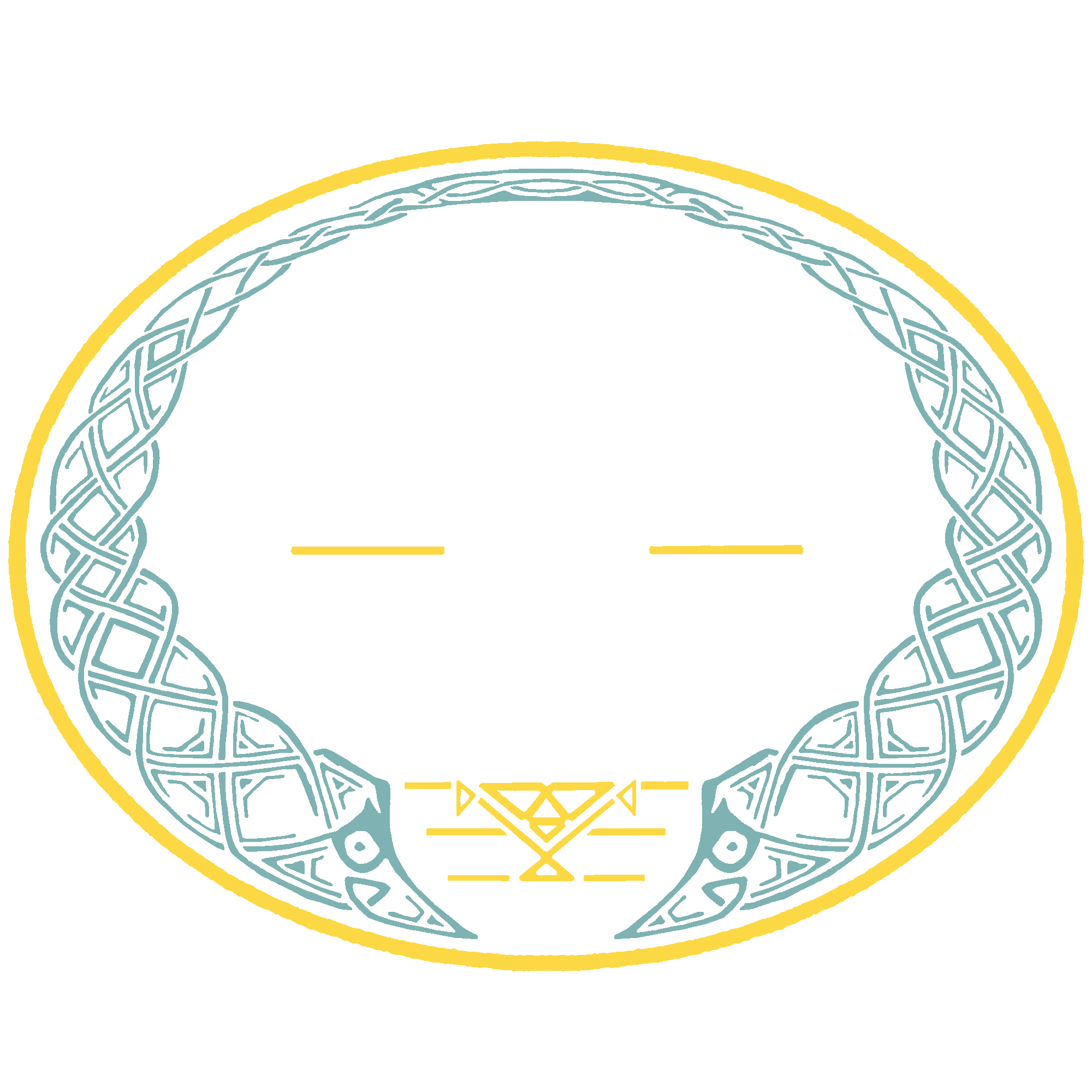2/4 March - Music in 2/4 time that is in the style of a march. A solo piper may play it anywhere from 58 to 62 BPM in a solo contest. A band may play it in the upper 70s or lower 80s as drummers like to play it at that tempo. If solo competition is a goal of yours, a solid 2/4 march is the foundation of solo competition on any instrument.
3/4 March - also referred to as a retreat march, 3/4 marches are typically more relaxed tunes.
4/4 March
6/8 March
Bass Drum - A large snareless drum that is used to keep the beet for the band. Typically stands in the middle of the circle for a competition or will walk behind the band in a parade.
Birl - an embellishment in which the pinky is used to cover and uncover the low G very quickly. There are multiple ways to do a birl, but using the pinky to swipe up and down or quickly tap the low G are common ways of executing.
Blow Stick - The tube attached to the bagpipe in which the player will blow air to fill the pipe bag.
Chanter - The part of the bagpipe that plays the melody. It connects to the bag and air comes out and activates the reed at the top of the chanter. There are 9 holes that are covered and uncovered by the piper’s fingers to play notes.
D Throw (Light) - An embellishment in which the player closes the chanter to low G and then plays a D followed by a quick C grace note back to D.
D Throw (Heavy) -
Doubling
Grip - An embellishment in which the player closes the chanter down to low G, plays a D grace note, and then releases to the next note.
Hornpipe
Jig - A tune typically played around 120 bpm and is in 6/8 time.
Kilt
Leumluath
Scale
Sgian-Dubh - A small, single edged knife typically worn in the hose as apart of traditional Scottish Highland dress.
Slip Jig - A tune typically played around 120 bpm and is in 9/8 time.
Tarlouath
Tennor Drum
Time Signature
